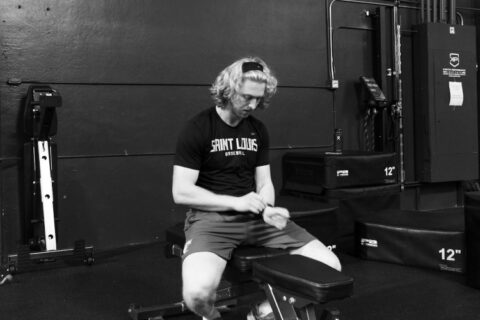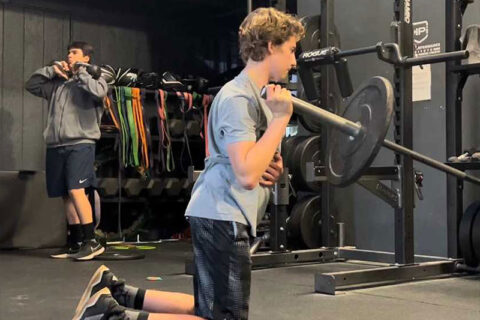Why Hitting and Strength Coaches Should Share an Office
It is not controversial to say that a good hitting coach is a massive part of development for the skill of the game and a good strength coach is massively important for strength development and injury prevention. As a whole, those two departments, whether at a private facility or professional organization, are an essential part of said organizations success. In the eyes of the athlete, the interrelationship of the strength to the skill side is immensely underrated. The problem is not the athlete. The problem becomes the lack of communication between the departments and this is where most organizations fall short. The desire to improve the athlete gets lost in translation because each coach views the athlete through their own lens and uses their own language.
There are some main factors that matter when making any adjustments to any skill regardless of sport: fine and gross body awareness, proper motor learning (skill acquisition), managing workload and CNS recovery, proprioception (awareness of your body in space), etc. This is well established in the strength and conditioning community in consideration for strength and skill work and developing and athlete’s program, in addition to the time of the year the athlete is in. The issue becomes that, if strength coaches are experts in their area in building better movers, can they help hitting coaches develop the skill of the game?
Here are a few things we know: great hitting coaches know what to look for, understand how to develop relationships, are great communicators, and know how to tie all these things into getting better at the skill of the game. It’s the mechanical changes that become the issue. The ability as hitters to stay loaded on our backside, get a proper scap load, have a strong front side, achieve proper extension, and even the skill of barrel control (to name a few) could all tie to physical or motor learning limitations. An athlete cannot leg kick effectively if they do not have the back hip strength for control on the forward move. This is very straightforward. So, as a hitting coach, it does not matter how much that is worked on in drills and instruction until the athlete develops the strength to perform the movement, followed by the body awareness to be able to repeat the movement.
The solution? Hitting coaches developing a better understanding of how movement and motor learning work at the most basic level. Continuing to educate on the different avenues of skill acquisition, because at the core of the job, that is what hitting coaches are doing when it comes to trying to manipulate mechanics. Strength coaches becoming well-versed in the skills their athletes have to achieve and what non-negotiables the organization prioritizes for that sport or position. Lastly, the execution of constant communication between the two to be able to make as much progress on both sides of the equation with as many people as possible being involved. Whether that is putting hitters into buckets for large organizations where direct individualization is impossible, or developing an assessment that can point hitting and strength coaches in the right direction. Being able to collaborate allows your program to be dynamic, as this game is everything but straight forward and there is constant fluidity. Separate, the hitting and strength departments can do a lot of good when it comes to development, but a good system together is the best way to get an athlete to their full potential. That is always the goal anyway right? Let’s start doing this the right way. Are you ready?


